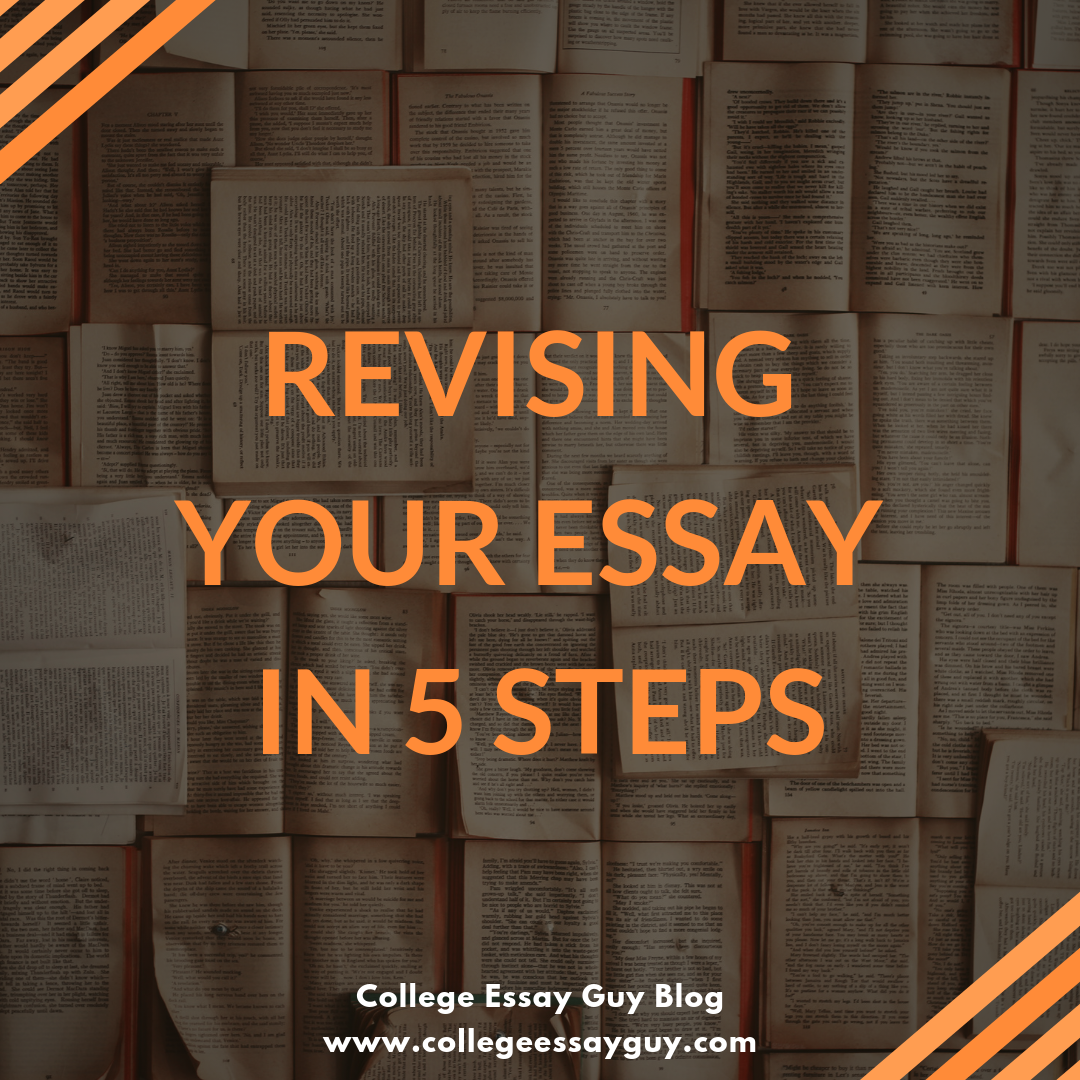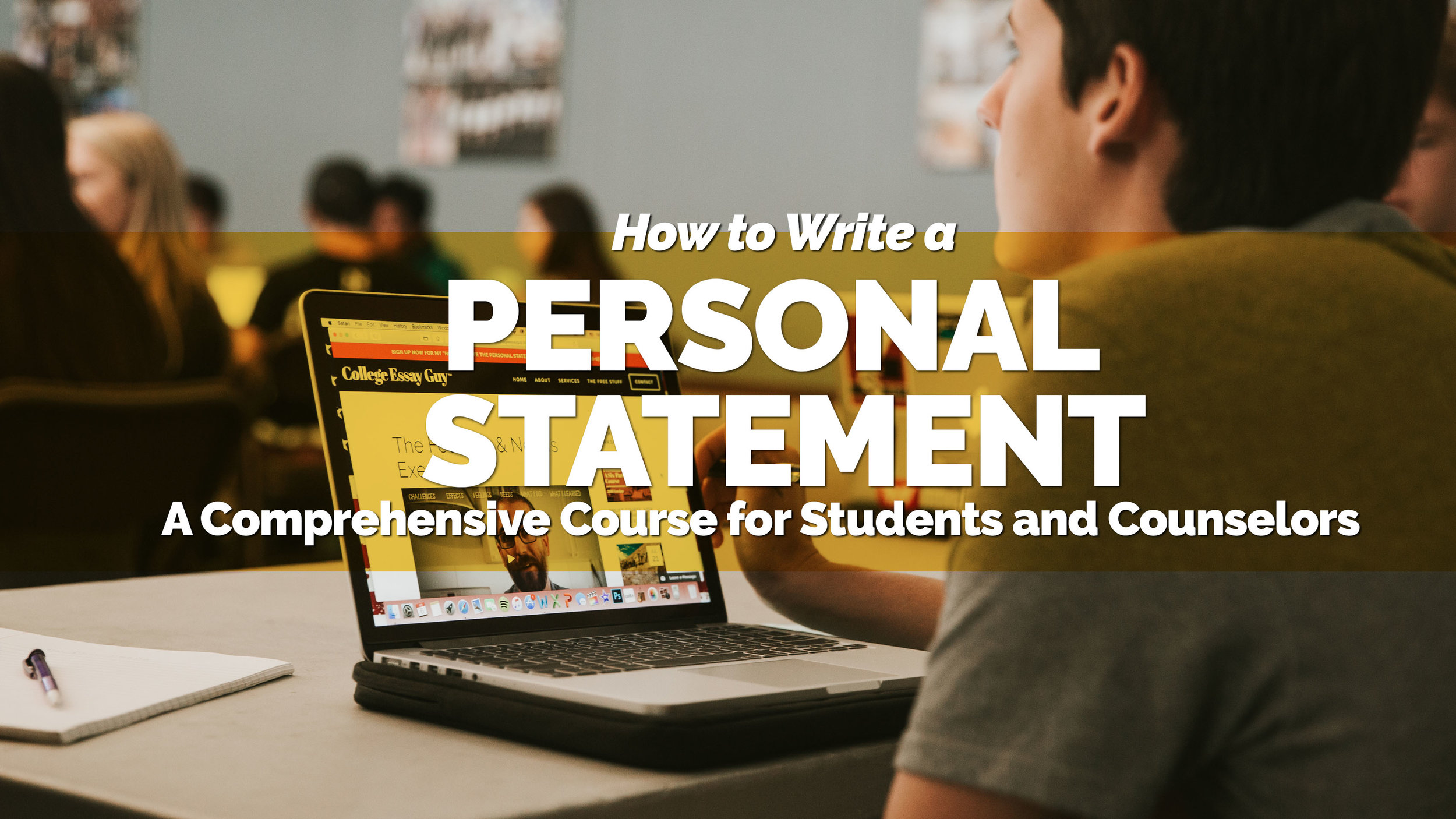So I figured something out recently. I was looking back at a couple of my favorite student essays and I realized that the structure of a couple of those essays is ridiculously sound. Rock solid. And not only is it rock solid, it’s teachable. Take a look at this essay, for example:
Shared with permission of student author, P.N.:
As a kid I was always curious. I was unafraid to ask questions and didn’t worry how dumb they would make me sound. In second grade I enrolled in a summer science program and built a solar-powered oven that baked real cookies. I remember obsessing over the smallest details: Should I paint the oven black to absorb more heat? What about its shape? A spherical shape would allow for more volume, but would it trap heat as well as conventional rectangular ovens? Even then I was obsessed with the details of design.
And it didn’t stop in second grade.
A few years later I designed my first pair of shoes, working for hours to perfect each detail, including whether the laces should be mineral white or diamond white. Even then I sensed that minor differences in tonality could make a huge impact and that different colors could evoke different responses.
In high school I moved on to more advanced projects, teaching myself how to take apart, repair, and customize cell phones. Whether I was adjusting the flex cords that connect the IPS LCD to the iPhone motherboard, or replacing the vibrator motor, I loved discovering the many engineering feats Apple overcame in its efforts to combine form with function.
And once I obtained my driver’s license, I began working on cars. Many nights you’ll find me in the garage replacing standard chrome trim with an elegant piano black finish or changing the threads on the stitching of the seats to add a personal touch, as I believe a few small changes can transform a generic product into a personalized work of art.
My love of details applies to my schoolwork too.
I’m the math geek who marvels at the fundamental theorems of Calculus, or who sees beauty in A=(s(s-a)(s-b)(s-c))^(1/2). Again, it’s in the details: one bracket off or one digit missing and the whole equation collapses. And details are more than details, they can mean the difference between negative and positive infinity, an impossible range of solutions.
I also love sharing this appreciation with others and have taken it upon myself to personally eradicate mathonumophobiconfundosis, my Calculus teacher’s term for “extreme fear of Math.” A small group of other students and I have devoted our after-school time to tutoring our peers in everything from Pre-Algebra to AP Calculus B/C and I believe my fluency in Hebrew and Farsi has helped me connect with some of my school’s Israeli and Iranian students. There’s nothing better than seeing a student solve a difficult problem without me saying anything.
You probably think I want to be a designer. Or perhaps an engineer?
Wrong. Well, kind of.
Actually, I want to study Endodontics, which is (I’ll save you the Wikipedia look-up) a branch of dentistry that deals with the tooth pulp and the tissues surrounding the root of a tooth. As an Endodontist, I’ll be working to repair damaged teeth by performing precision root canals and implementing dental crowns. Sound exciting? It is to me.
The fact is, it’s not unlike the work I’ve been doing repairing cellphone circuits and modifying cars, though there is one small difference. In the future I’ll still be working to repair machines, but this machine is one of the most sophisticated machines ever created: the human body. Here, my obsession with details will be as crucial as ever. A one millimeter difference can mean the difference between a successful root canal and a lawsuit.
The question is: will the toothbrushes I hand out be mineral white or diamond white?
— — —
You might notice the first lines are all in bold. Why? Because if you just read those lines in bold the essay still makes sense. It’s like a mini-essay. Kind of awesome.
Another great read: The Great College Essay Test
REVISING YOUR COLLEGE ESSAY IN 5 STEPS
How can this information help you write a better essay? Do this:
Step 1
Go through your essay and highlight the first lines of each paragraph in bold (as I’ve done above).
STEP 2
Read the bolded lines aloud. (Side note: I once read that Chekhov used to read all his work aloud to his wife to check for sense and errors--it’s a great practice. Even if you have no wife.)
As you read, you’ll probably notice that some parts make sense and some parts don’t. So
STEP 3
Write a new outline in which all the lines flow together. Like a mini version of your essay. Essentially, what you’ll be writing is the skeleton of the essay. (Think of the lines that follow in each paragraph the meat that fleshes out the essay. Kind of a gross image but whatever.)
IMPORTANT NOTE: the new outline that you create does not have to precisely reflect what’s currently in your essay—it can be aspirational, in other words, what you want the paragraphs to say. Once you’ve written this new outline, paste the bolded lines onto a brand new blank document and
step 4
Rewrite your paragraphs so that each paragraph fleshes out the topic sentence. This may not sound like a very romantic/creative way of writing an essay, but it works. It’ll also help you clarify what you’re trying to say. “Foggy writing is foggy thinking,” one of my writing teachers used to say.
And why do I suggest you paste the new outline onto a new document and start over? Because, in short, it’ll take longer if you don’t. Chances are you’ll have fallen in love with some old way that you’ve phrased something but, once you’ve written the new outline, that old way of phrasing it is dead. And if you’re trying to create a new and living thing out of old, dead parts, you’re no better than Dr. Frankenstein. And we all know what happened to him. (Spoiler alert.)
step 5
Step away from the essay for at least 30 minutes. Go for a walk, get something to eat, do something else to clear your mind. Come back to it and read it aloud. When you come back:
Put the first sentence of each paragraph in bold.
Read them aloud in order to see if they tell a very short version of your essay. (If not, rewrite them.) If they do,
Read the whole essay aloud, checking to see if what’s in each paragraph supports the essay in bold.
If so, you should have a very solid revision, maybe even one that’s ready for feedback.
Here's a really lovely piece of writing from my friend Chris that demonstrates how putting your first lines in bold can help the reader follow your story.
For more essay tips, go here.










